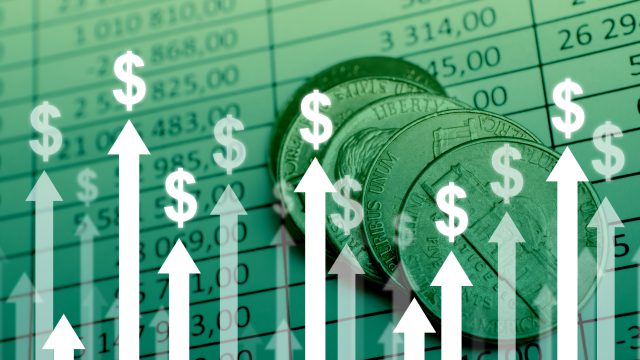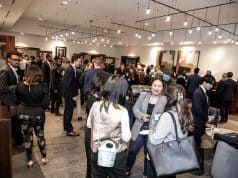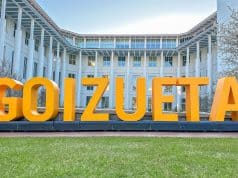As the U.S. inflation rate empties wallets across America, many are left wondering how we got here—and how we can return to normalcy.
According to Ray Hill, senior lecturer of Finance at Goizueta Business School, most people confuse the concept of inflation with the price spikes that result from supply chain snarls. “My wife’s car died earlier this year, so we went out to buy a used car,” Hill shares. “The prices absolutely floored me, but it would be wrong to call that inflation. It’s simply an increase in price.” In this case, the shortage of semiconductor chips interrupted the normal supply and demand for the prices of cars.
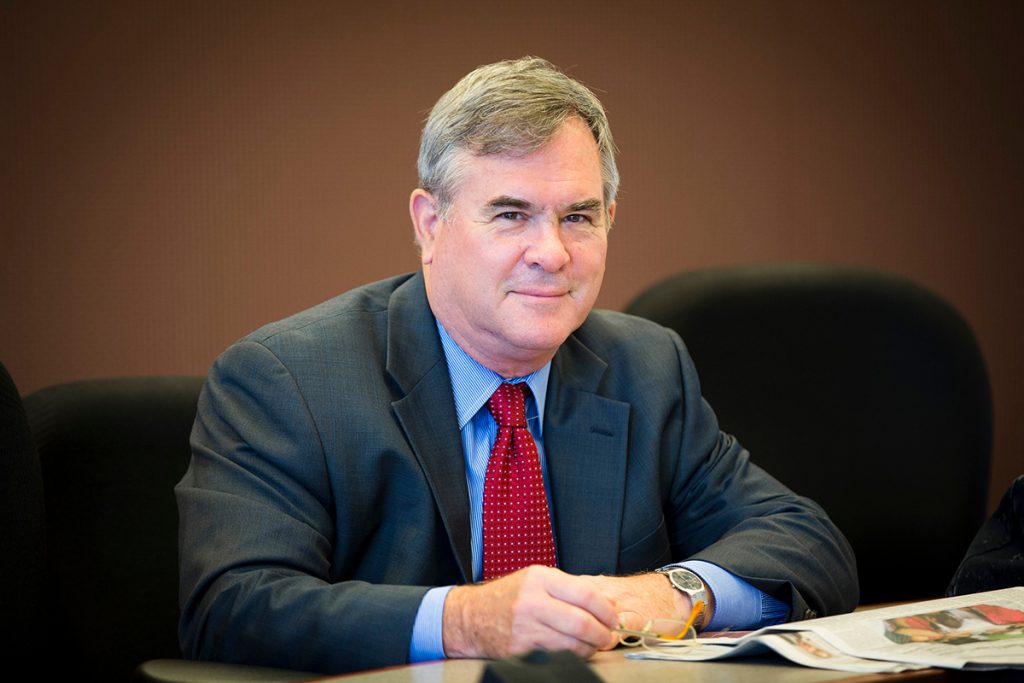
Americans aghast at $5 per gallon of gas are also quick to attribute the spike to inflation, while in reality, it comes from a variety of factors, including Russia’s invasion of Ukraine and the shutdown of oil rigs during the pandemic.
“True inflation occurs when the aggregate demand for everything in an economy exceeds supply,” explains Hill. “All prices rise, even though other factors cause some prices to rise faster than others.” But things like gasoline and used car prices can—and do—drive inflation forward.
The Fed Makes Big Decisions, but to What End?
After watching inflation climb for nearly a year, the Federal Reserve voted to lift the federal funds rate to a target range of 0.25 percent to 0.5 percent, tightening the money supply for the first time since 2018 in a bid to reduce inflation. It anticipates six more rate increases this year and two more in 2023.
Some thought the Fed’s action was too weak to move the needle, while others thought it went too far, threatening to tip the economy into a recession. The first group was vindicated by the May 2022 Consumer Price Index report. Inflation now stands at 8.6 percent, the largest annual increase since December 1981. The Fed responded with a surprise move in June 2022: a 0.75 percent increase to a target range between 1.50 percent and 1.75 percent, the largest interest rate hike in nearly 30 years.
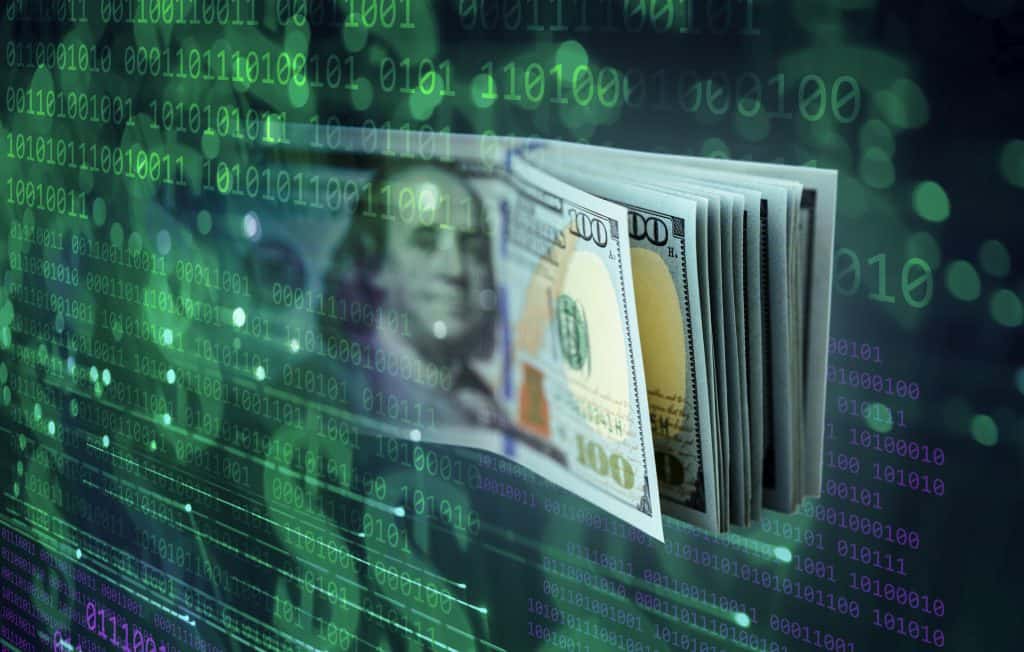
The Fed’s action makes a statement, but it’s still not enough, Hill believes. “The Federal Reserve is hitting the brakes on inflation, but nothing is happening,” he says. Its leaders’ “fatal flaw” is the belief that they can turn the economy on a dime, slowing the pace of inflation without precipitating a recession. From Hill’s perspective, the combination of loose monetary and fiscal policies set the stage for an inflationary environment more than a decade ago, and the measures the Fed is taking now are unlikely to achieve the desired results.
Since 2008, the Fed has kept interest rates low and embarked on a path of quantitative easing, which injected trillions of dollars of reserves into the banking system in a bid to motivate banks to lend more. Introducing these cash reserves into the banking system flooded the economy with liquidity. “Until all that liquidity is soaked up, nothing the Fed does will matter much,” says Hill.
While most of the spotlight falls on monetary policy decisions, fiscal policy is an equally potent weapon in fighting inflation.
“Cutting the massive amount of federal deficit spending would make a significant impact in slowing the rate of inflation,” Hill points out.
Federal budget deficits reached $3.1 trillion in 2020 and $2.7 trillion in 2021. Whatever their individual merits, passing bills like the Build Back Better plan will only speed up a runaway train.
While some salaries are keeping up with the rate of inflation, some are lagging behind—and other than situations like a retiree living on a fixed pension, it can be difficult to predict winners and losers. “It’s the randomness with which inflation hits people that makes it so poisonous,” says Hill.
What happens next is anyone’s guess, but Hill expects the year-end inflation rate to fall somewhere between current levels and the Fed’s target rate. In the meantime, Americans will continue to tighten their belts and hope for brighter days ahead.


